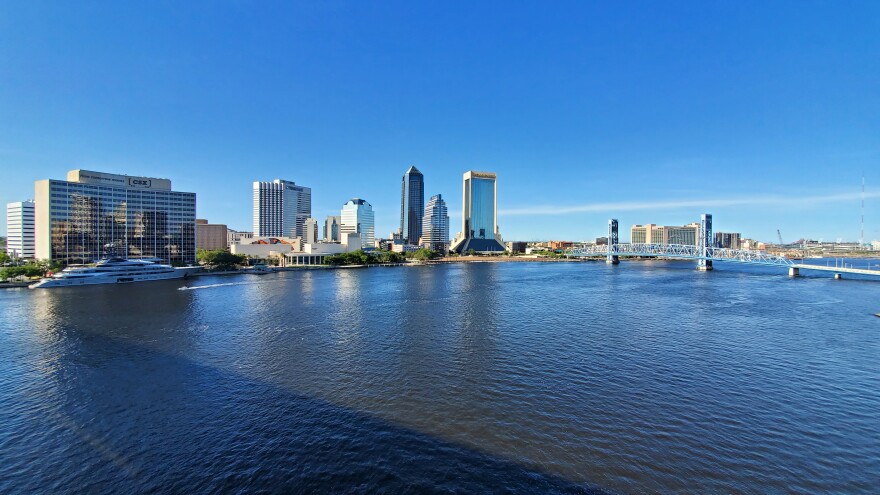Warming appears to be the new normal in Jacksonville and across much of the U.S., according to National Oceanic and Atmospheric Administration data that was updated this week.
Jacksonville’s average temperature increased by at least 1?, when compared to the previous climate normal period.

NOAA’s climate normals, which are 30-year averages of climatological variables like temperature and precipitation, are updated once every ten years, giving a reference point for comparing current weather against what’s considered normal for a specific location and its climate.
They also help inform decisions across economic sectors, like when to plant crops and what crops to plant, how electric utilities can expect energy demand to vary by season and planning construction projects.

The U.S. climate normals were updated last week.
Related: Warming Brings Muggier Weather To Jacksonville, Threatening Most Vulnerable
Warming between the new normals period (1991-2020) and the previous (1981-2010) was widespread across the country, except in the northern Great Plains — a region that saw a slight cooling.
This warming pattern, which is being driven by climate change, was observed nearly everywhere, with 183 of the 242 cities analyzed by Climate Central, a nonadvocacy science and newsgroup, reporting an increase of 1? or more.
Brendan Rivers can be reached at brivers@wjct.org, 904-358-6396 or on Twitter at @BrendanRivers.







